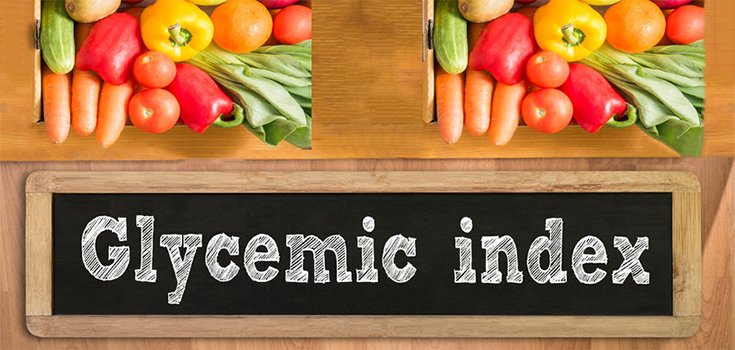Is the Glycemic Index Diet Effective for Fat Loss?

If you’re looking to break through weight loss plateaus, then opting for a glycemic index diet is the way to go. Also known as G.I. diet, this diet is simple and straightforward, no need to count calories or remove entire food groups from your kitchen; all you need is a working knowledge of this diet and a little bit of consistent practice. After that, you can utilize the technique to lose the extra pounds and keep them off for good.
Without further ado, here are some glycemic index diet practical tips and information:
What is the Glycemic Index?
The glycemic index is a tool that helps you measure how the different types of food affect blood sugar levels. Foods are ranked from 1 to 100 on the glycemic index. The higher the ranking, the higher your blood sugar levels will be after consuming such foods. And elevated blood sugar levels are a sign of trouble, leading to mood swings, overeating, weight gain and a myriad of other health troubles such diabetes and obesity.
Therefore, a G.I. diet is based on opting for foods ranking low on the glycemic index and steering clear away from higher ranking food items. With the G.I. nutritional regimentation, expect to lose more weight, have more energy, improve your body to fat ratio, and boost your overall health and well-being levels.
Foods with Higher Rankings
Any food ranking above 70 on the glycemic index is a deal-breaker. These types of foods are usually full with sugar and chemicals and easily absorbed by the body, thus leading to hunger pangs and overeating.
Examples include white bread, white rice, potatoes, some fruits, watermelon, processed foods or any other food that may raise your blood sugar levels. The more processed the food, the more likely it’ll lead to a blood sugar spike.
Eat Foods with Lower Rankings
On the other hand, most of the foods ranking below 70 are a good deal. For better weight loss result, opt for food ranking below 55. These types of foods are usually slowly absorbed by the body, thus leading to more balanced blood sugar levels.
Some of the main sources of low-glycemic foods are: vegetables (the more colors, the better), legumes, peanuts, raw apples, peas, lentils, and skim milk.

The GI Diet is misleading. You've left out vital information on how foods are rated. The rating is based on ingesting 50g of carbohydrates from a given food. Which means, in some instances, as is the case for watermelon and carrots, you would literally have to eat pounds of a given food in order to get 50g of carbs from them. Please stop promoting this misinformation. People should choose foods based on Glycemic Load which estimates how much the food will raise a person's blood glucose level after eating it
According to the Glycemic Index, if two people eat meals of similar sizes and ingredients, but one meal contains foods with higher GI values, the person eating the higher GI meal should store a higher number of calories as fat. For example, a 150g white baked potato contains about 27 grams of carbs and 135 total calories. If the potato is eaten with the skin, the GI value is 69, but if the potato has been peeled, the GI value is 98. Therefore, if two people eat baked potatoes and one person eats it with the skin and the other doesn't, the person who eats the skin should store fewer calories from fat. Of course, eating a 135 calorie baked potato by itself will probably not result in many calories being stored as fat anyway, which is why the GI value doesn't necessarily give you all the information you need. The ability of a low GI eating plan to facilitate weight loss is heavily debated among scientists. There is no consensus that eating low GI foods are any better for weight reduction than a traditional diet.
Linda — VLCNW Student
having read the above comment I have to laugh! The GI is a tool to aid the decision making of the consumer. A quick fix of glucose is necessary for a hypoglycaemic (Aussie english) diabetic, the rest of of us for health's sake only needs CHOs in moderation and using low GI snacks ensures a more stable supply of glucose over time. Our brains rely on glucose to function and those that do not take that into consideration may find themselves having problems thinking. Any fruit or vegetable high in sugar should be consumed in moderation. Eating more of something because it is a Low GI food shows and eating problem! Joanna